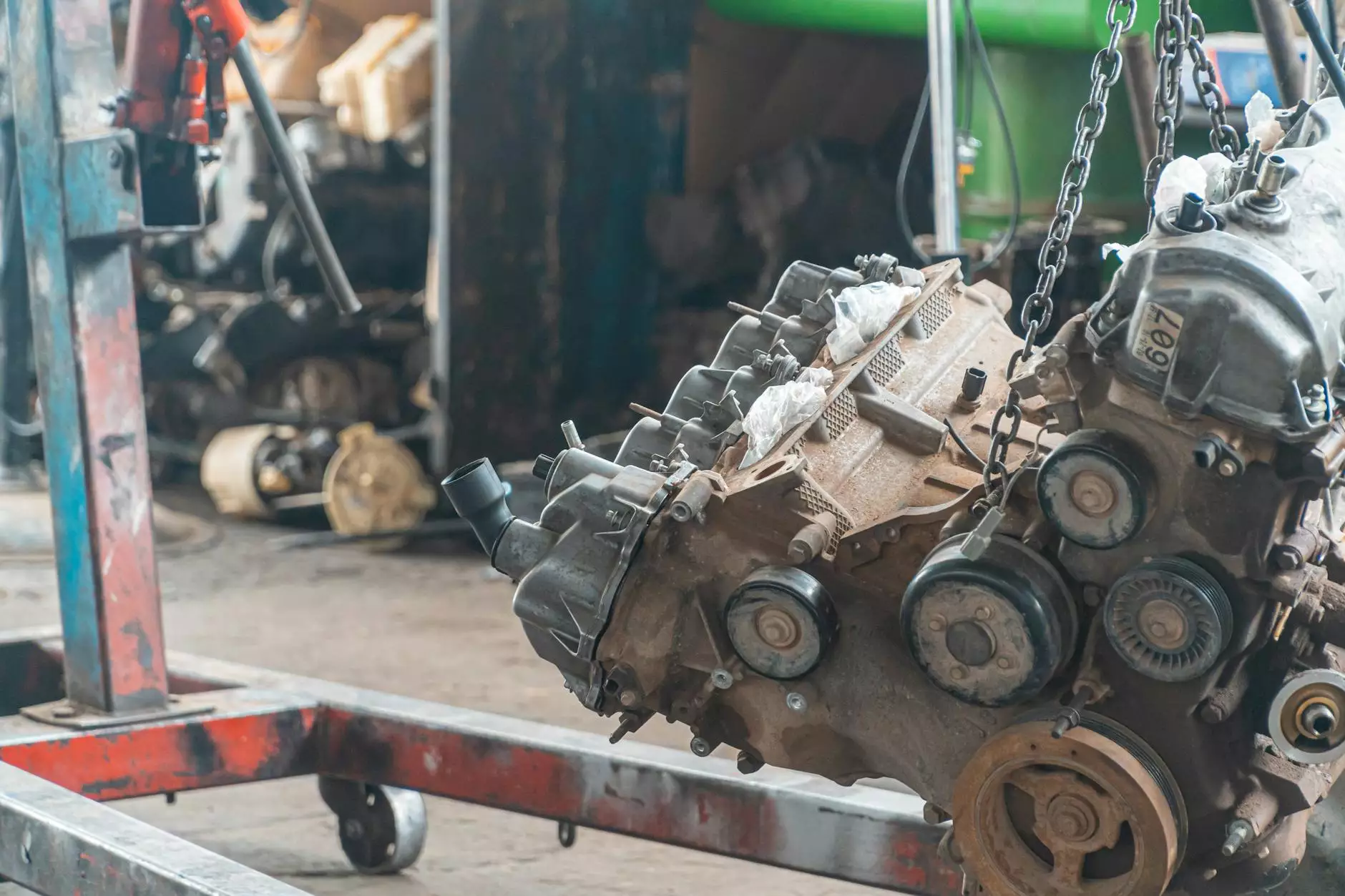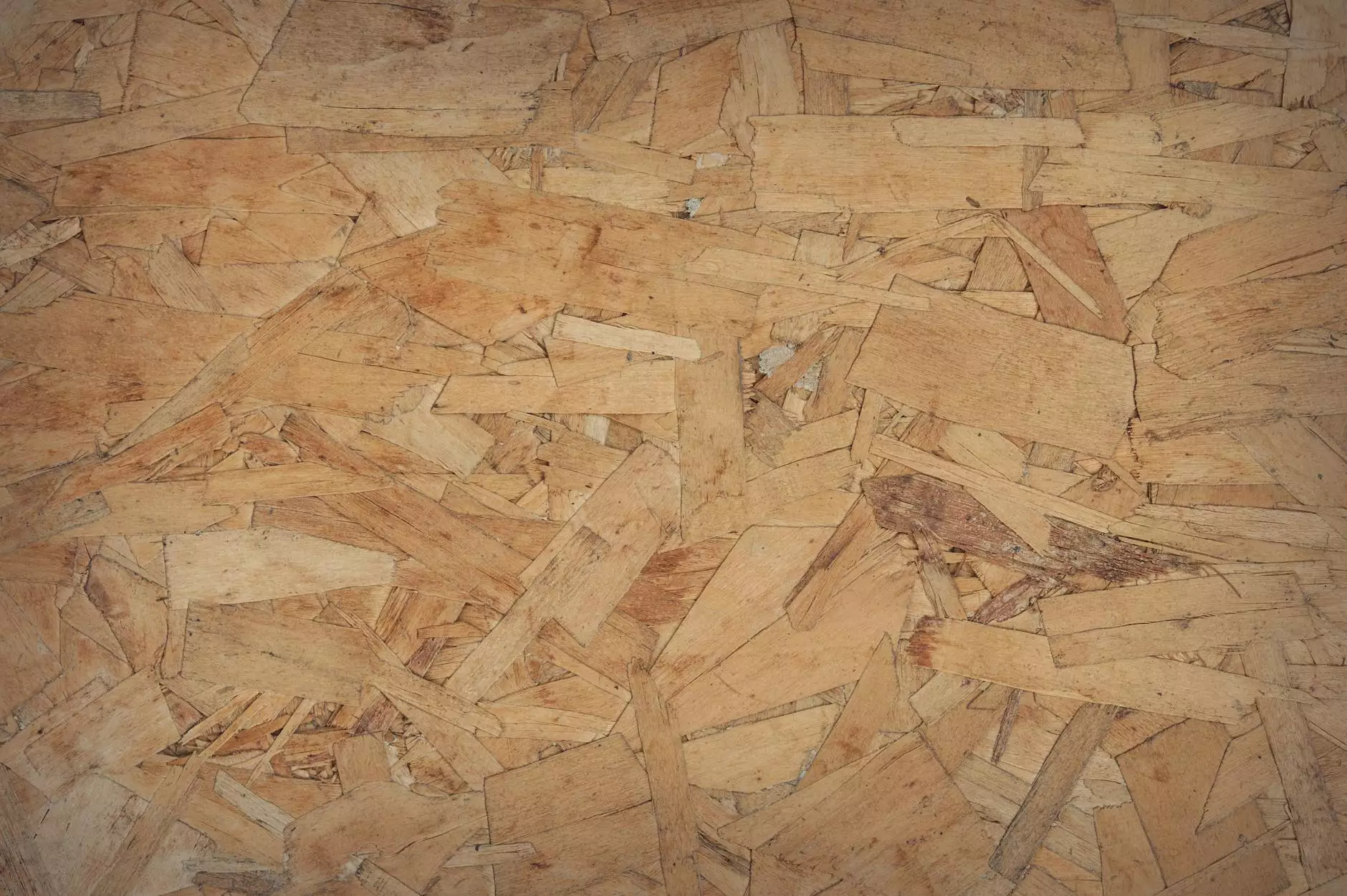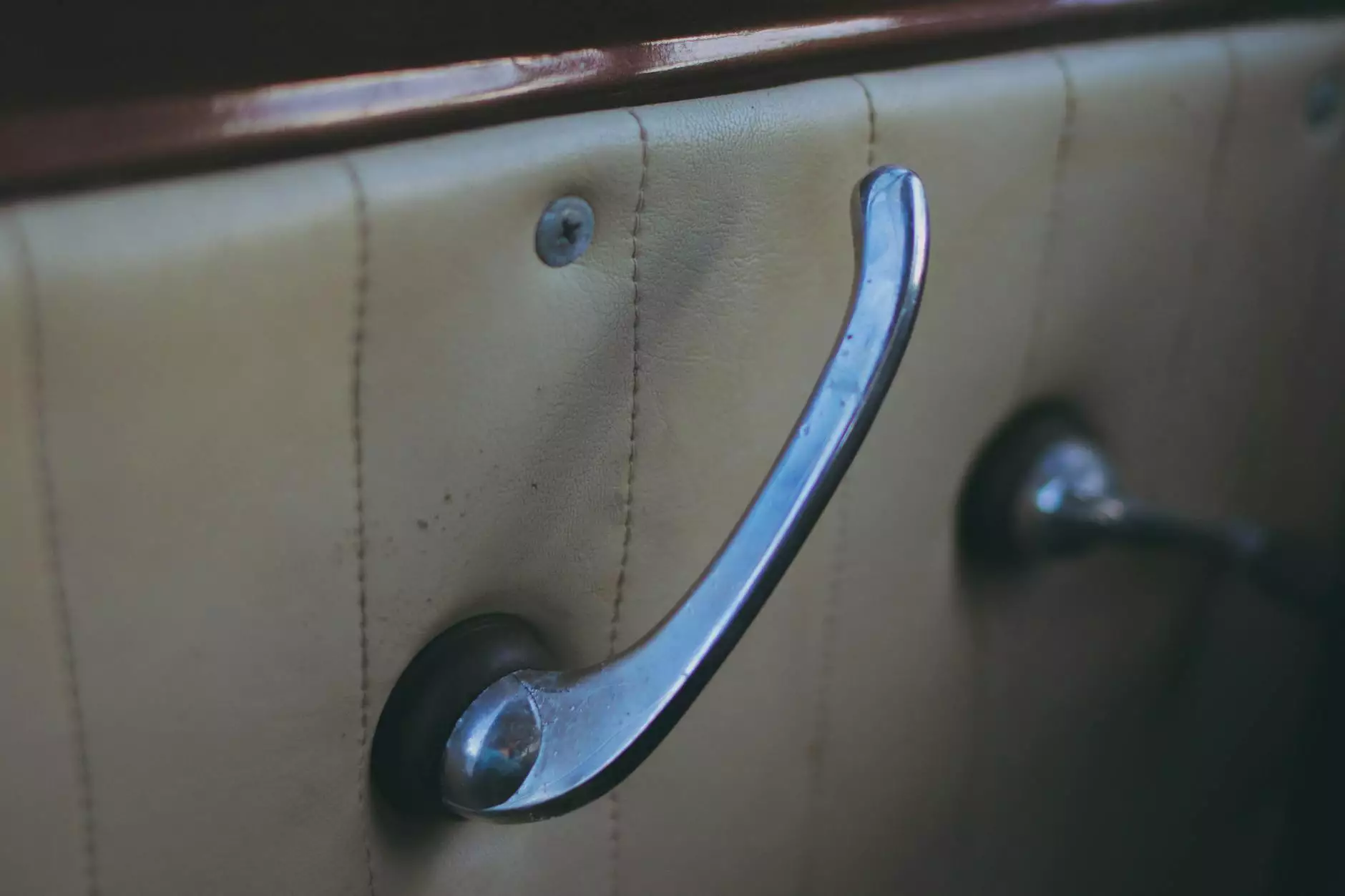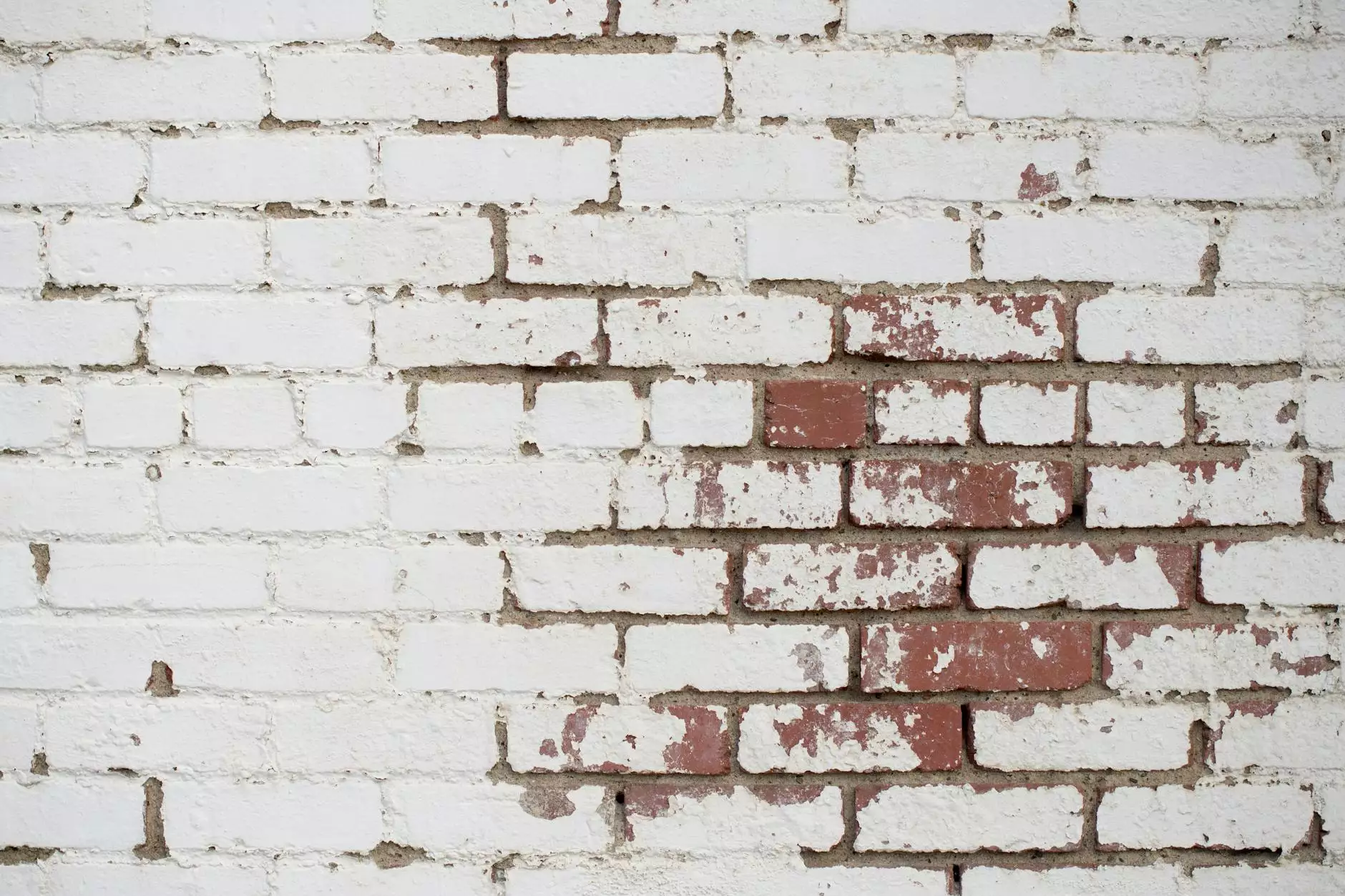Understanding Vacuum Pump Check Valves: Essential Components for Optimal Performance

Vacuum pump check valves play a crucial role in maintaining the efficiency and reliability of vacuum systems. Whether you’re in the process of buying membranes, or specifically looking for components like silicone or rubber membranes, understanding check valves is essential for any business operating in fields such as manufacturing, HVAC, or laboratory work.
What is a Vacuum Pump Check Valve?
A vacuum pump check valve is a mechanical device designed to allow fluid or gas to flow in only one direction. Their primary purpose is to prevent backflow, which can cause significant issues in vacuum systems, leading to a decrease in efficiency and potential equipment damage. Check valves are typically made from a variety of materials, including metals and plastics, depending on the application and environmental conditions.
Importance of Check Valves in Vacuum Systems
The presence of a vacuum pump check valve in a vacuum system is critical for several reasons:
- Prevention of Backflow: The main function of a check valve is to prevent the reverse flow of gases or fluids that can compromise system integrity.
- Efficiency Maintenance: By ensuring that the system maintains a unidirectional flow, check valves help keep the vacuum pump operating at peak performance.
- Protecting Equipment: Preventing backflow can help protect sensitive equipment and components from exposure to unwanted materials that could cause damage or contamination.
Types of Vacuum Pump Check Valves
There are several types of check valves, each with its unique design and application. Understanding the different types can help you select the right one for your specific needs.
1. Spring-Loaded Check Valves
Spring-loaded check valves utilize a spring mechanism to hold a disk or ball against the seat, preventing backflow. When the pump operates, the pressure overcomes the spring force, allowing flow. Once the pressure drops, the spring closes the valve. These valves are reliable and commonly used in vacuum applications.
2. Diaphragm Check Valves
Diaphragm check valves use a flexible diaphragm to control flow. When the vacuum pump creates negative pressure, the diaphragm lifts, allowing flow. When the pressure changes, the diaphragm returns to its original position, blocking reverse flow. These valves are particularly useful in applications requiring tight sealing and minimal leakage.
3. Ball Check Valves
Ball check valves consist of a ball that fits into a seat. In standard operation, the ball moves away from the seat to allow flow. If the pressure reverses, the ball is pushed against the seat, effectively blocking any backflow. These valves are known for their durability and can handle various fluids and gases.
4. Flap Check Valves
Flap check valves employ a hinged flap that swings open to allow flow. When flow reverses, the flap closes due to gravity, preventing backflow. They are advantageous in applications where space is limited due to their compact design.
Key Considerations When Choosing a Vacuum Pump Check Valve
When selecting a vacuum pump check valve for your systems, consider the following factors to ensure optimal performance:
- Material Compatibility: Ensure that the valve material is suitable for the fluids or gases handled in your application. Corrosion resistance is vital for longevity.
- Pressure Ratings: Select a valve that can withstand the pressures typical in your operations. Consider both the maximum operational pressure and any potential spikes.
- Size and Connection Type: Ensure that the valve fits seamlessly into your existing system. This includes checking the size and ensuring the connection types (like flanged or threaded) match your setup.
- Flow Rate: Determine the necessary flow rate for your application and select a valve that does not restrict it, leading to inefficient operation.
The Role of Vacuum Pump Check Valves in Different Industries
Vacuum pump check valves are utilized across a wide array of industries, reflecting their versatility and importance. Here’s how different sectors leverage these vital components:
Manufacturing
In the manufacturing sector, vacuum systems are often employed in processes such as material handling, forming, and packaging. Check valves ensure that the vacuum systems maintain consistent pressure and avoid backflow, which is essential for preserving product quality and safety.
Food and Beverage
In the food and beverage industry, maintaining a vacuum environment is critical to prevent contamination and spoilage. Vacuum pump check valves help ensure that processes like vacuum sealing and packaging are efficient and secure, extending product shelf life and ensuring customer safety.
Pharmaceuticals
The pharmaceutical industry relies heavily on the integrity of its vacuum processes, particularly during the manufacturing of sterile products. Vacuum pump check valves must provide reliable operation to prevent contamination and ensure compliance with stringent industry regulations.
Laboratory Applications
In laboratories, vacuum systems are often utilized for experiments requiring controlled environments. Whether in chemical processes or in maintaining vacuum ovens, check valves play an essential role in maintaining the necessary conditions for accurate and reliable results.
The Future of Vacuum Pump Check Valves
As technology advances, the design and functionality of vacuum pump check valves continue to evolve. Innovations in materials science lead to better resistance to corrosion and wear, allowing for longer service life even under adverse conditions.
Moreover, the increasing demands for energy efficiency and automation in various industries ensure that the role of check valves will grow significantly. Manufacturers are focusing on producing valves that not only secure vacuum systems but also optimize energy consumption and enhance overall operational efficiency.
Conclusion
Understanding the function and importance of vacuum pump check valves is crucial for any industry relying on vacuum technology. By selecting the appropriate type of check valve, businesses can ensure optimal performance and longevity of their systems. It is clear that these components are more than mere accessories; they are integral to the safe and effective operation of many applications across various sectors.
For businesses seeking reliable vacuum system parts, including high-quality silicone membranes, rubber membranes, and specifically engineered check valves, visit us at vacuum-presses.com. Here, you can find everything you need to maintain your vacuum systems with confidence.









